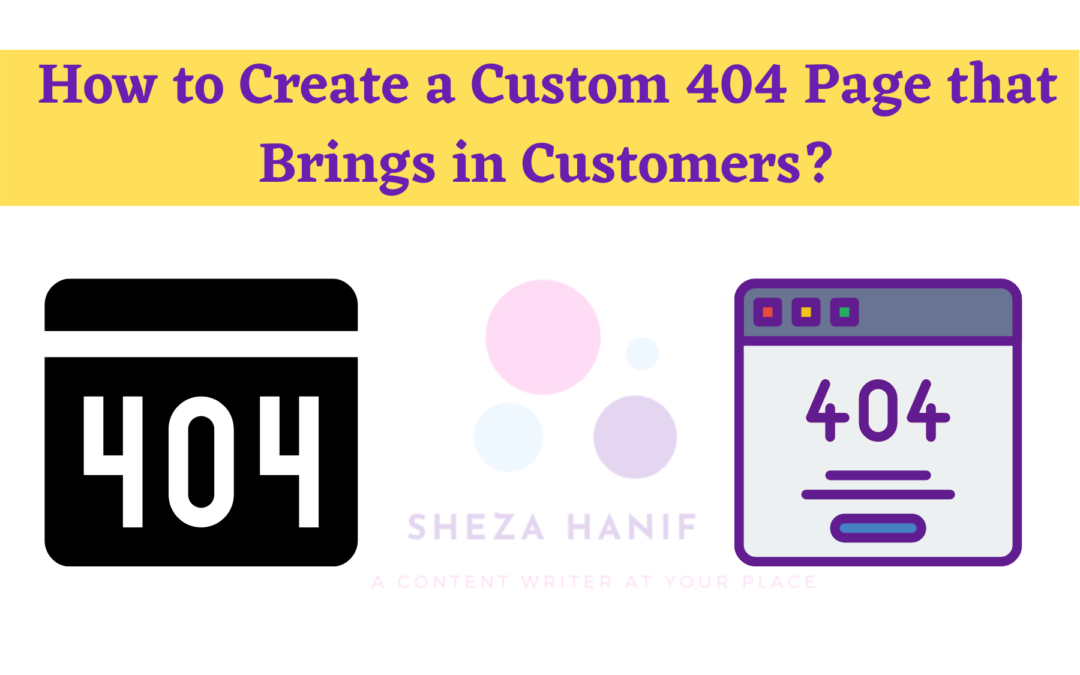Do you know how to create a custom 404 page that does not give an error but brings in customers?
You know that feeling, you’re rushing, but where did you put your car keys?
Before you know it, you’ll be teaching your neighbor new swear words and walking through your house like a headless chicken.
The visitors of your website also have that rushed feeling. They search for something, they thought they had found it, but what they got, a 404 page. Now you can help your visitors by leaving a message, but why not take the opportunity to apply a smart marketing technique right away?
What is a 404 error page?
A 404 page is a type of error message. It is the rack where your car key normally hangs, but which is unfortunately eerily empty at the moment.
A 404 page occurs when someone visits a URL (page on your website) that no longer exists. Look, a mistake can happen; a 404 page is therefore common. But do you remember how it felt when you were looking for something you couldn’t find?
Exactly.
You don’t want to give your visitors that feeling. Before we look at creating a smart and strategic 404 page, let’s talk about our friend Google.
What does Google say about a 404 error?
According to Google itself:
“If you have access to your server, we recommend that you create a custom 404 page. A well-customized 404 page helps people find the information they’re looking for. In addition, this page provides other helpful content that encourages users to explore your site further.
- Clearly tell visitors that the page they are looking for cannot be found. Use friendly, inviting language.
- Make sure your 404 page has the same look and feel (including navigation) as the rest of your site.
- You can also add links to your most popular articles or posts and a link to your site’s home page.
- You may want to offer users the option to report a broken link.
- As beautiful as your custom 404 page is, you probably don’t want it to appear in Google search results. To prevent 404 pages from being indexed by Google and other search engines, ensure that your web server actually returns the HTTP status code “404” when a missing page is requested.
- Use the Change of Address tool to notify Google of your site’s move.
Okay, these are some suggestions, but trust me, after reading this article, you will have discovered for yourself that a 404 page could be much better. In fact, with a good 404 page, you can even bring in extra sales!
More on that later. First, about Google. Because Google gives great suggestions for a 404 page, how does Google actually do it itself?
This is exactly an example of what not to do!
So what does a good 404 page look like? How to create a custom 404 page?
4 elements of a smart 404 page
First of all, you should do everything you can to avoid a 404 page. I’ll explain how to do this later in this article. If a visitor does end up on a 404 page, make sure that your page has the following elements:
Your visitor did not find what he was looking for! Therefore, offer a search field on a 404 page so that your visitor can easily search again.
A search field is something that every 404 page actually needs. In fact, just a search field on your page ensures that, on average, 38% of your visitors still stay on your website.
What do you do if you have lost something? First of all, you look for the places where you regularly leave your things lying around. You can also apply this tactic to a 404 page.
Make an overview of your most visited pages or blog posts. Not sure which pages are most visited? Then take a look at your Google Analytics account.
Later in this article, I’ll show you a complete 404 page of Internet Marketing Ease and explain why we’re almost happy when someone lands on it. Trust me; you’re going to be surprised!
Often on 404 pages, you will see a complete technical story about why you see a 404 error. It is very kind that these websites explain to us what a 404 error is, but I would rather tell me where I left my keys anyway?
Therefore, do not tell your visitor that he has lost his keys, rather tell him where he can find them.
An opt-in form is a form to collect email addresses. Now I actually assume that you know how important it is to collect email addresses from your visitors.
Are you not currently collecting e-mail addresses via your website?
No problem, leave your comment and tell us what’s been holding you back, what you could use help with, or what questions you have about it. If there are enough people to help by writing an article about collecting e-mail addresses, we will certainly do that.
Why do you want an opt-in form on your 404 pages? Because it is the perfect opportunity to collect hundreds of email addresses efficiently.
How we convert more than 1 in 5 of the 404 error messages into an email address
More than 1 in 5 visitors who come across a page that no longer exists subscribe to the Internet Marketing Gemak newsletter.
Of the 190 visitors who ended up on a 404 page, 39 people registered.
If you have properly organized your email marketing, each new subscription to your newsletter means a new potential customer.
Do you now understand why it is wise to start collecting e-mail addresses anyway and showing an opt-in form on your 404 pages?
How do you avoid a 404 error?
Prevention is better than cure.
Now I just showed you a compelling technique for collecting email addresses, and quite frankly. However, it is better to avoid 404 error messages; I personally don’t mind so much if it does occur.
So why do we want to avoid a 404 error at all?
You want to prevent a 404 error because you obviously want to immediately show your visitor the right page. Still, it is important not to have 404 error messages on your website for your position in Google.
Why?
I’m glad you ask.
A page that once existed but no longer existed may have built up value. Because the visitor now gets a 404 page, you waste to value. You can put the value to good use to give your other pages a better position in Google.
Good luck making a good 404 page. We hope never to see him?

